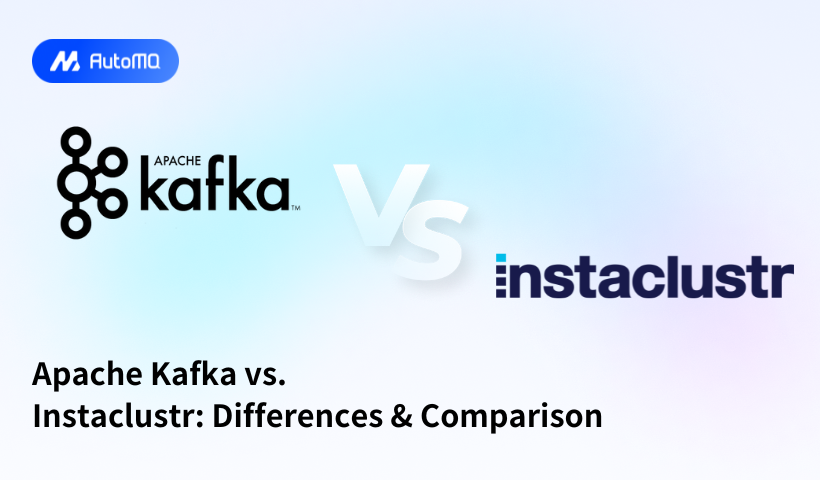Overview
Apache Kafka and Instaclustr Managed Kafka represent two different approaches to implementing event streaming platforms - self-managed open source versus managed service. This analysis compares architectural differences, features, performance, cost considerations, and integration capabilities to help organizations make informed decisions. Key findings show that Instaclustr offers significant operational advantages through its fully managed service with expert support and security compliance, while pure Apache Kafka provides greater flexibility and control for organizations with existing expertise.
Core Differences and Fundamental Concepts
Apache Kafka is an open-source distributed event streaming platform originally developed by LinkedIn and now maintained by the Apache Software Foundation. It's designed for high-throughput, fault-tolerant messaging and has become the de facto standard for event streaming[5][17]. Kafka allows for publishing and subscribing to streams of records, storing them durably, and processing streams as they occur.
Instaclustr, on the other hand, provides a managed version of Apache Kafka, handling the operational complexities while maintaining 100% open-source compatibility[1][10]. This represents a fundamental choice organizations must make: self-manage Kafka or opt for a managed service.
Architectural Comparison
The architectural differences between Apache Kafka and Instaclustr Managed Kafka primarily revolve around deployment, management, and operational responsibilities.
| Feature | Apache Kafka | Instaclustr Managed Kafka |
|---|---|---|
| Deployment | Self-managed on any infrastructure | Managed deployment on AWS, GCP, Azure |
| Cluster Management | Manual configuration and maintenance | Automated deployment and management |
| Infrastructure | Self-provisioned and maintained | Managed by Instaclustr |
| ZooKeeper/KRaft | Self-managed | Managed by Instaclustr |
| Monitoring | Requires custom setup | Built-in monitoring and alerting |
| Scaling | Manual | Simplified through management console |
| Version Control | Full control | Managed by Instaclustr |
Apache Kafka's architecture requires users to manage multiple components, including brokers, ZooKeeper (or KRaft in newer versions), producers, consumers, and connectors. This provides flexibility but demands expertise[10][17].
Instaclustr abstracts much of this complexity away, providing a managed cluster that includes "dedicated ZooKeeper and Kraft" and delivers "a highly performant, reliable, and scalable solution with low latency"[1].
Feature Comparison
Apache Kafka Features
The core Apache Kafka platform includes:
Distributed commit log architecture
Publish-subscribe messaging model
Horizontal scalability
Fault tolerance and high availability
Stream processing capabilities (via Kafka Streams)
Exactly-once semantics
Retention policies for data
Replication for fault tolerance
Apache Kafka provides these capabilities but requires configuration, tuning, and ongoing maintenance[17].
Instaclustr Managed Kafka Features
Instaclustr builds upon Apache Kafka's foundation while adding managed service capabilities:
100% Open Source Apache Kafka[1]
24×7 Expert Support with "a dedicated committer on staff"[1][16]
SOC 2 Security Certifications and PCI-DSS compliance[1]
Automated Health Checks that "monitors your schema and Kafka usage"[1]
Run-In-Your-Own-Account (RIYOA) or Run-In-Instaclustr-Account (RIIA) options[1]
Experience managing "200 Million+ Node Hours" and "over 9PBs of data"[1]
Migration capabilities from "proprietary (e.g. Confluent) or self-managed Kafka clusters"[16]
These additional features aim to reduce operational overhead and provide expertise that might otherwise be difficult or expensive to obtain internally.
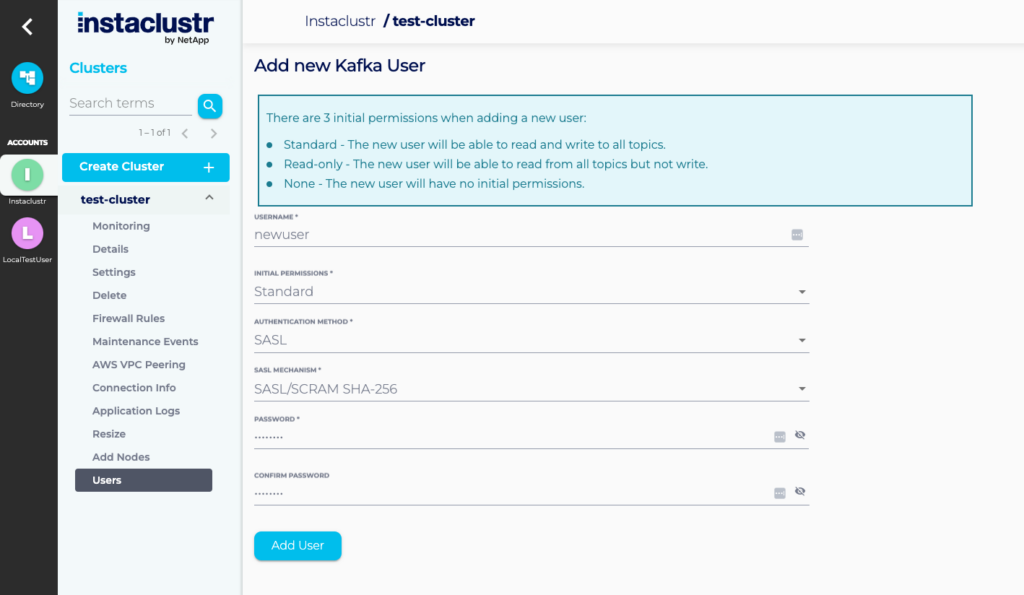
Performance and Scalability
Raw Performance
While the search results don't provide direct performance benchmarks comparing Apache Kafka and Instaclustr Managed Kafka, general indications suggest that properly configured and tuned systems should deliver similar performance since Instaclustr uses the same open-source Apache Kafka codebase.
A relevant comparison from search result[8] benchmarked Apache Kafka against Redpanda (another Kafka-compatible platform), finding that "Kafka performs better than Redpanda with a more realistic workload - basically more producers, consumers and partitions"[8]. This demonstrates Kafka's performance capabilities under realistic conditions.
Scalability Considerations
Both solutions can scale effectively, but with different operational implications:
Apache Kafka : Manual scaling requires expertise to balance partitions, manage broker resources, and handle scaling operations without disruption.
Instaclustr Managed Kafka : Provides simplified scaling through its management console, handling the underlying complexity automatically.
Instaclustr claims their platform "delivers a highly performant, reliable, and scalable solution with low latency" and is "the best way to run Kafka in the cloud"[1].
Management and Operations
The operational aspects represent perhaps the most significant difference between the two options.
Self-Managed Apache Kafka
Operating Apache Kafka yourself requires:
Kafka expertise for installation and configuration
Ongoing monitoring and maintenance
Performance tuning and optimization
Security implementation and management
Cluster scaling as needed
Upgrade planning and execution
Backup and disaster recovery procedures
These responsibilities require dedicated resources with specialized knowledge[12][17].
Instaclustr Managed Kafka
Instaclustr handles most operational tasks:
Deployment and initial configuration
24/7 monitoring and support
Security compliance (SOC 2, PCI-DSS)[1]
Automated health checks and maintenance
Managed upgrades
Backup and recovery
According to user reviews, "Instaclustr Managed Kafka [is] easier to use, set up, and administer" than self-managed Apache Kafka[6].
Cost Analysis
Apache Kafka Costs
Self-managed Apache Kafka costs include:
Infrastructure (servers, storage, networking)
Personnel (Kafka administrators, operations)
Training and expertise development
Monitoring tools
Potential downtime costs
While the software itself is free, the total cost of ownership includes significant operational expenses[12][17].
Instaclustr Managed Kafka Costs
Instaclustr's pricing model includes:
Subscription fees (not explicitly detailed in search results)
Reduced operational overhead and personnel costs
Potential infrastructure savings through optimization
Reduced risk of costly downtime
User comments suggest that "Instaclustr will beat confluent cost savings by a long shot, better support too and no licensing fees"[12], indicating potential cost advantages compared to other managed Kafka services.
Integration Capabilities
Integration Ecosystem
Both platforms support Kafka's robust integration ecosystem, though with some differences:
| Integration Aspect | Apache Kafka | Instaclustr Managed Kafka |
|---|---|---|
| Kafka Connect | Full access | Supported |
| Client Libraries | All supported | All supported |
| Stream Processing | Kafka Streams, integration with Flink, Spark, etc. | Similar capabilities |
| Proprietary Connectors | Access to all connectors | Some limitations with proprietary connectors |
Search result[7] highlights a potential challenge with Instaclustr: "io.confluent.connect.avro.AvroConverter is not part of the Apache Kafka distribution," indicating some compatibility issues with Confluent-specific components.
However, Instaclustr does facilitate integration with other systems, as demonstrated by documentation for integrating with RisingWave for data ingestion.
Apache Kafka Ecosystem Comparison
The Kafka ecosystem extends beyond just Kafka itself, and different providers offer varying levels of support for these components.
Apache Kafka vs. Instaclustr vs. Confluent
| Provider | Core Kafka | Schema Registry | Kafka Connect | UI Tools | Stream Processing | Proprietary Extensions |
|---|---|---|---|---|---|---|
| Apache Kafka | ✓ | Limited | ✓ | Limited | Kafka Streams | None |
| Instaclustr | ✓ | ✓ | ✓ | ✓ | ✓ | None (100% open source) |
| Confluent | ✓ | ✓ | ✓ | ✓ | ksqlDB + Kafka Streams | Several proprietary components |
Confluent positions itself as "an enterprise-ready, full-scale streaming platform that enhances Apache Kafka" with proprietary extensions[10], while Instaclustr emphasizes being "100% Open Source"[1].
Comparison with Other Alternatives
The streaming platform landscape includes other options beyond Kafka and Instaclustr:
Redpanda : A Kafka-compatible platform written in C++ designed for high performance and simplicity. However, benchmarking suggests "Kafka performs better than Redpanda with a more realistic workload"[8]. Redpanda "is not 100% Kafka compatible, in particular, it doesn't support explicit partition assignment"[8].
Amazon MSK : AWS's managed Kafka service, mentioned in comparison contexts but not detailed in the search results[17].
Conduktor : While not a Kafka provider itself, Conduktor offers "The Enterprise Data Management Platform for Streaming" that works alongside Kafka installations to provide enhanced management capabilities[2].
Best Practices and Configurations
Apache Kafka Best Practices
For self-managed Apache Kafka:
Implement proper capacity planning
Configure appropriate replication factors
Optimize partition counts based on throughput needs
Tune producer and consumer configurations
Implement monitoring with tools like Prometheus and Grafana
Plan regular maintenance windows
Develop comprehensive backup strategies
Instaclustr Managed Kafka Best Practices
For Instaclustr Managed Kafka:
Properly size clusters based on workload requirements
Utilize Instaclustr's health checks to optimize usage
Take advantage of Instaclustr's expertise through support
Implement appropriate security configurations
Review monitoring data regularly
Consider RIYOA vs. RIIA based on organizational needs
Use Cases and Suitability
When to Choose Apache Kafka
Self-managed Apache Kafka is typically more suitable when:
You have existing Kafka expertise in-house
Custom configurations or extensions are required
You need complete control over the infrastructure
Your organization has regulatory requirements that necessitate on-premises deployment
You're working with a tight budget and have available infrastructure capacity
Reviewers noted that Apache Kafka "meets the needs of their business better than Instaclustr Managed Kafka" in some scenarios[6].
When to Choose Instaclustr Managed Kafka
Instaclustr Managed Kafka is typically more suitable when:
You lack dedicated Kafka expertise
You want to reduce operational overhead
Reliability and support are critical requirements
You need compliance certifications (SOC 2, PCI-DSS)
You prefer predictable operational costs
You want to focus on application development rather than infrastructure
Reviewers found "Instaclustr Managed Kafka easier to use, set up, and administer" and "preferred doing business with Instaclustr Managed Kafka overall"[6].
Conclusion
The choice between Apache Kafka and Instaclustr Managed Kafka ultimately depends on organizational needs, existing expertise, and resource availability. Apache Kafka provides maximum flexibility and control but requires significant operational expertise, while Instaclustr offers a managed experience that reduces operational burden at the cost of some configurability.
Organizations should consider:
Their level of in-house Kafka expertise
Operational resource availability
Cost sensitivity
Performance and scaling requirements
Integration needs with existing systems
Compliance and security requirements
By carefully evaluating these factors against the capabilities of each option, organizations can make an informed decision that best supports their streaming data infrastructure needs.
Conclusion
Apache Kafka remains a powerful choice for organizations seeking complete control over their event streaming infrastructure. However, this control comes at the cost of operational complexity and resource requirements.
Aiven for Apache Kafka bridges this gap by offering a fully managed solution that retains the core benefits of Apache Kafka while simplifying deployment, scaling, security management, and monitoring. Its multi-cloud support further enhances flexibility for modern enterprises.
Ultimately, the choice between these platforms depends on organizational priorities—whether they value control over infrastructure or prefer operational simplicity with guaranteed SLAs.
If you find this content helpful, you might also be interested in our product AutoMQ. AutoMQ is a cloud-native alternative to Kafka by decoupling durability to S3 and EBS. 10x Cost-Effective. No Cross-AZ Traffic Cost. Autoscale in seconds. Single-digit ms latency. AutoMQ now is source code available on github. Big Companies Worldwide are Using AutoMQ. Check the following case studies to learn more:
Grab: Driving Efficiency with AutoMQ in DataStreaming Platform
Palmpay Uses AutoMQ to Replace Kafka, Optimizing Costs by 50%+
How Asia’s Quora Zhihu uses AutoMQ to reduce Kafka cost and maintenance complexity
XPENG Motors Reduces Costs by 50%+ by Replacing Kafka with AutoMQ
Asia's GOAT, Poizon uses AutoMQ Kafka to build observability platform for massive data(30 GB/s)
AutoMQ Helps CaoCao Mobility Address Kafka Scalability During Holidays
JD.comx AutoMQ x CubeFS: A Cost-Effective Journey at Trillion-Scale Kafka Messaging
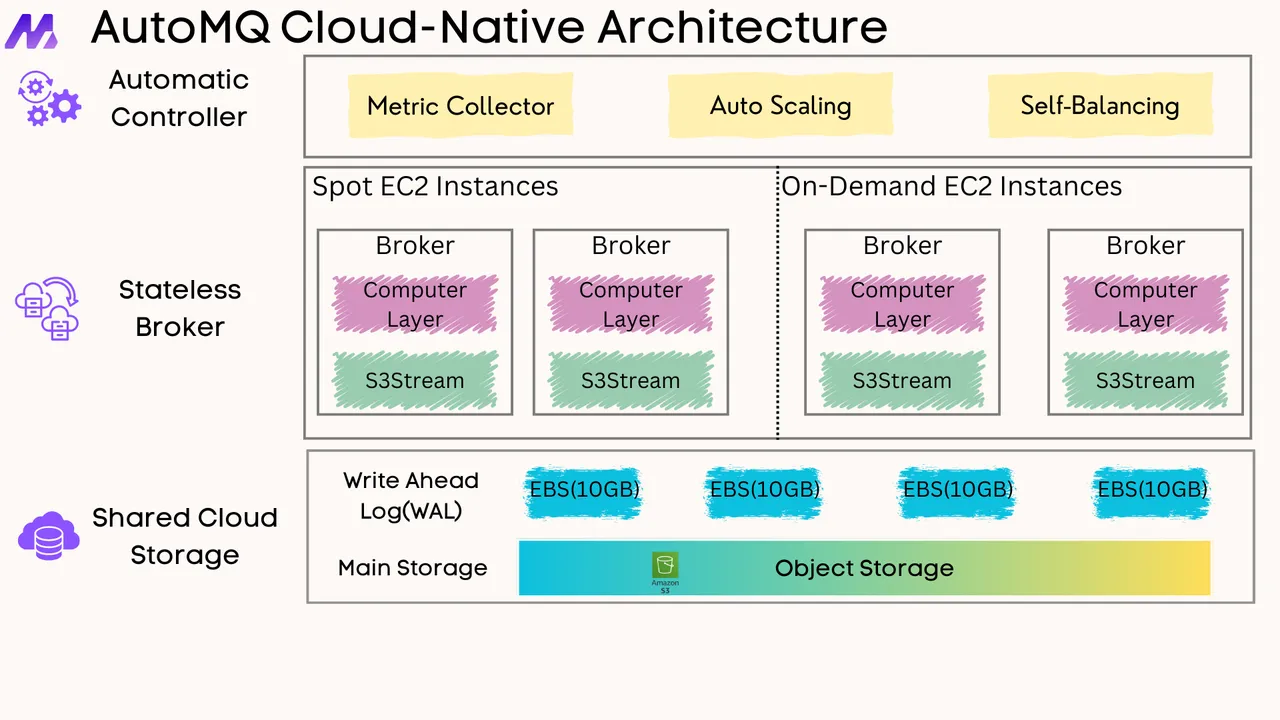





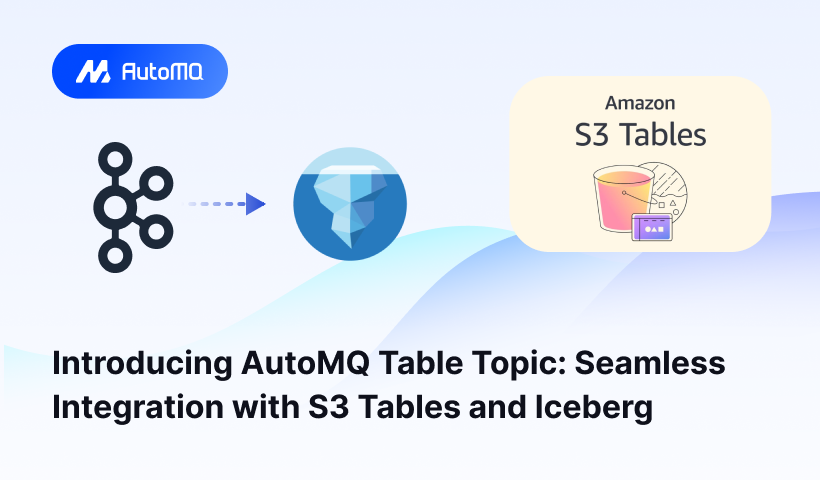
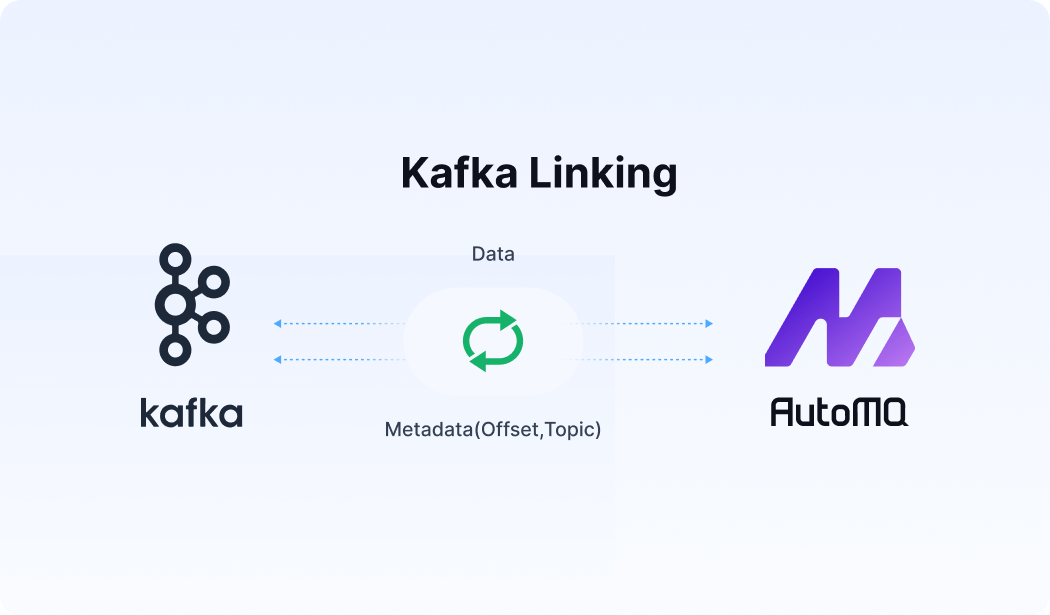




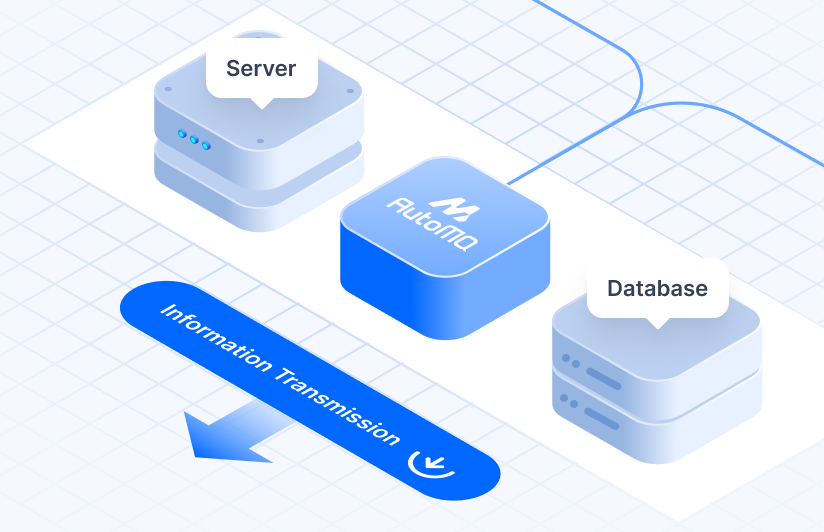
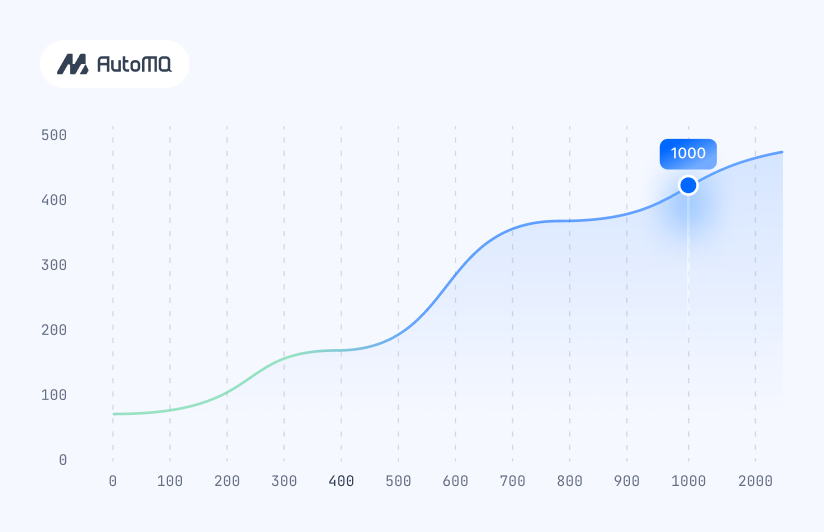


.png)
